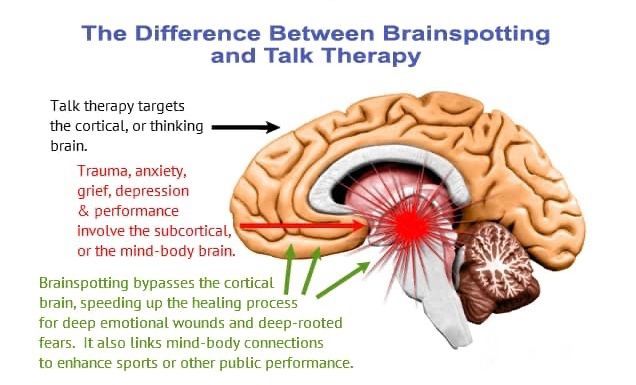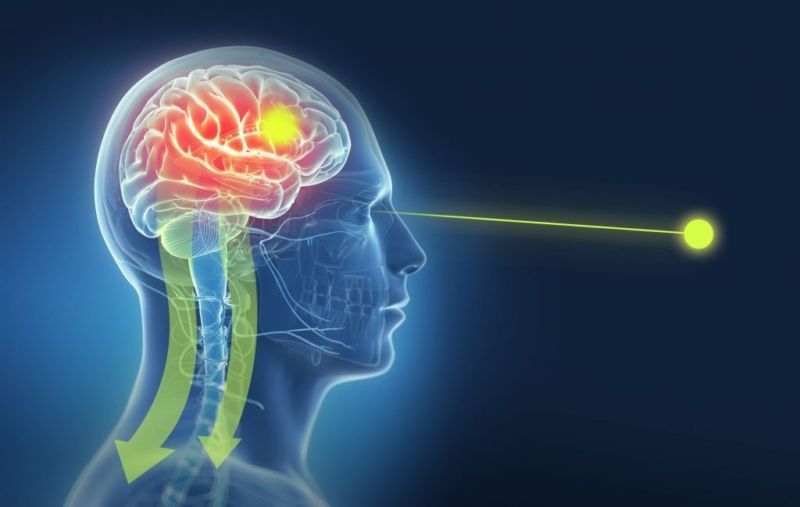

Brainspotting is a powerful, focused treatment method that works by identifying, processing and releasing core neurophysiological sources of emotional/body pain, trauma, dissociation and a variety of other challenging symptoms. Watch the video below for more information:
How Brainspotting Therapy Works
Brainspotting works on the theory that feelings from trauma can become stuck in the body, leading to both physical and mental ailments. It is believed that the brain’s memory of a particular trauma or incident is “reset” in the body and brain through Brainspotting.
Grand described this “stuckness” as “frozen maladaptive homeostasis.” Our bodies are generally meant to be in a state of homeostasis, attempting to maintain a stable environment, but this particular kind of homeostasis is not helpful. Brainspotting accesses this and attempts to integrate this interrupted processing of the trauma.
It is one of a few types of emerging therapies focusing on the brain-body connection, including Somatic Experiencing and EMDR. Traditional talk therapy is known as a “top-down” therapy. That is, traditional therapy tries to solve problems with the conscious mind.
What Brainspotting Therapy Can Help With
Though Brainspotting therapy is primarily focused on discovering and alleviating trauma, it can help many different types of issues, especially since trauma’s effects are so far-reaching.
- Anxiety
- Attachment issues
- Substance use
- Posttraumatic stress disorder
- Chronic pain
- Major depressive disorder
Benefits of Brainspotting Therapy
In one small study,3 participants experienced a reduction in PTSD, anxiety, and depression symptoms within a few sessions. Other benefits:
- Reduction in pain
- Memories become less painful
- Negative thought patterns are reduced
- Better sleep
- Increased energy
-Brainspotting Therapy: How It Works, Techniques, and Efficacy (verywellmind.com)